News
Algae cultivation requires tradition and technology
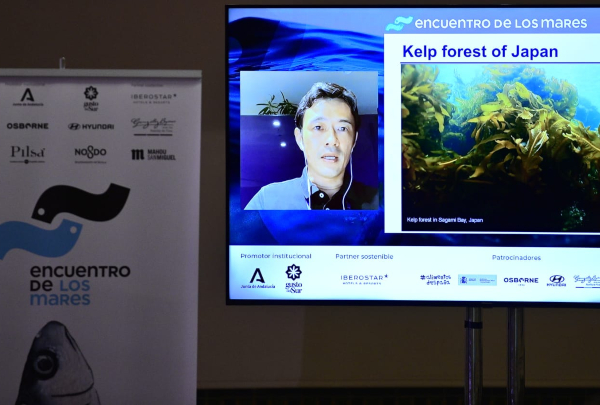
Researcher Atushi Watanabe points out the need to share knowledge in order to secure a powerful algae cultivation industry.
Japan is home to a tradition of cultivation and consumption of algae. A feature of its poetry, drawings and engravings, and obviously its traditional cuisine too, algae have become one of the hallmarks of Japanese culture. Much appreciated and even used for payment of taxes in a bygone age in the land of the rising sun. It therefore comes as no surprise that Japan is the world’s largest consumer of algae (some ten grams per person per day), and an expert in cultivation of the species. But recently things have been changing.
“The cultivation of algae in Japan has been falling continuously in recent years”, explained Atushi Watanabe, researcher at the Ocean Policy Research Institute of the Sasakawa Peace Foundation. When the scientific community discovered the nori algae reproduction process in the 60s, algae cultivation was given a spectacular boost, although now it has not only stagnated, but is regressing. “The main reasons for this are higher sea temperatures (due to climate change), and damage caused not only by fish, but also by the trawling techniques used by fishermen”, said Watanabe. According to the Tokyo-based researcher, now that algae cultivation has also been extended to Europe and the United States, the solution to the problem must lie in shared knowledge: “Japan contributes its traditional cultivation of algae, and from the rest of the world we can learn how the application of new technologies can be decisive in developing this industry”.
It is important not to lose algae cultivation, and also to extend it (Japan is now having to import algae to meet internal demand), “not only in terms of the environmental solutions provided by algae, but also the economic impact to support local communities”.
There is no shortage of reasons for growing and eating algae, as Watanabe pointed out: “they have a substantial nutritional value, and are a source of vitamins, fibre and minerals. This is a superfoodstuff which also absorbs large amounts of CO2, making it a weapon that can be used to combat global warming and climate change”.
.jpg)
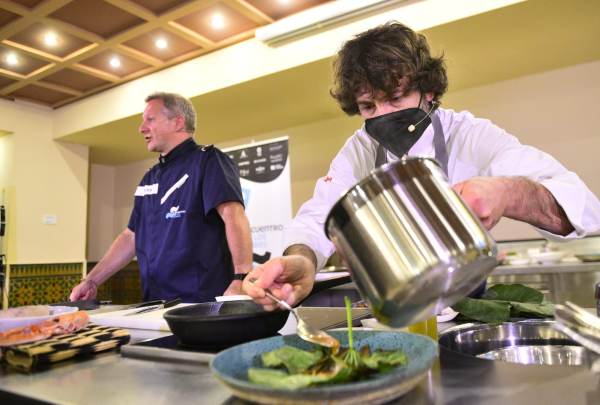
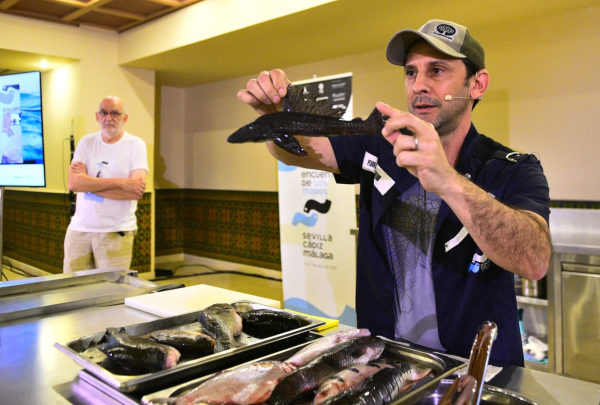
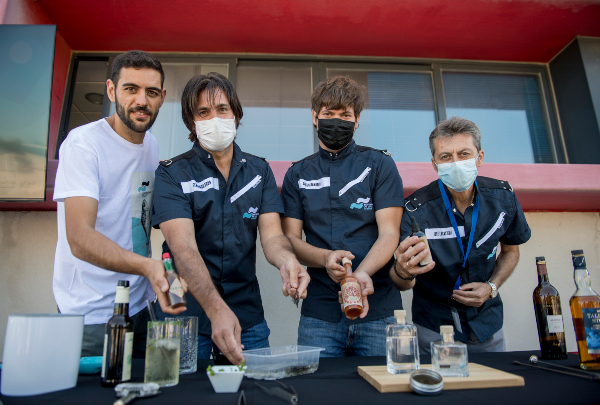
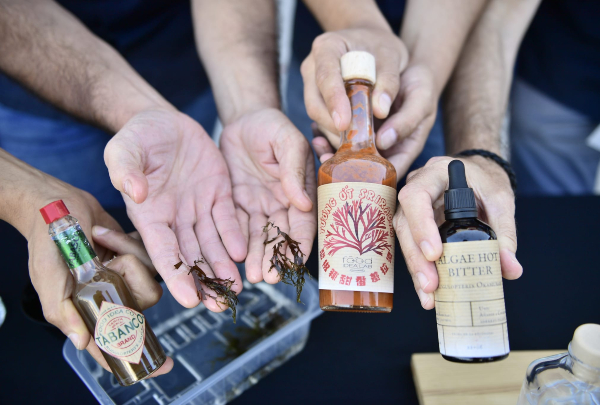
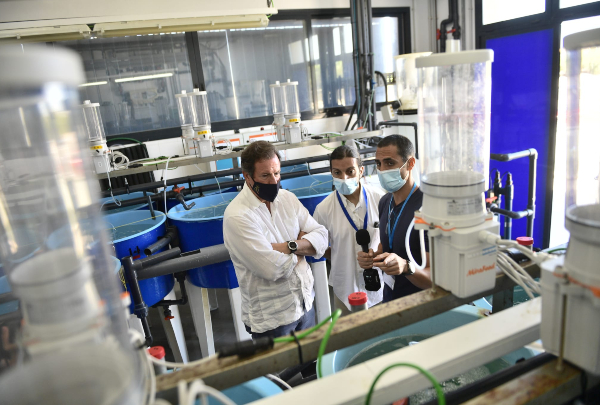


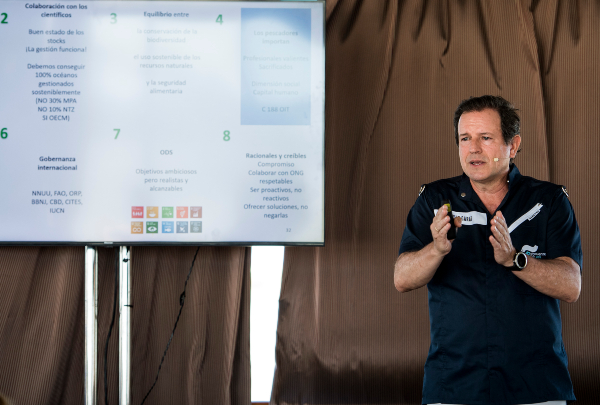
.jpg)










